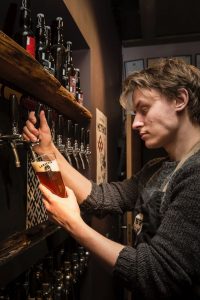
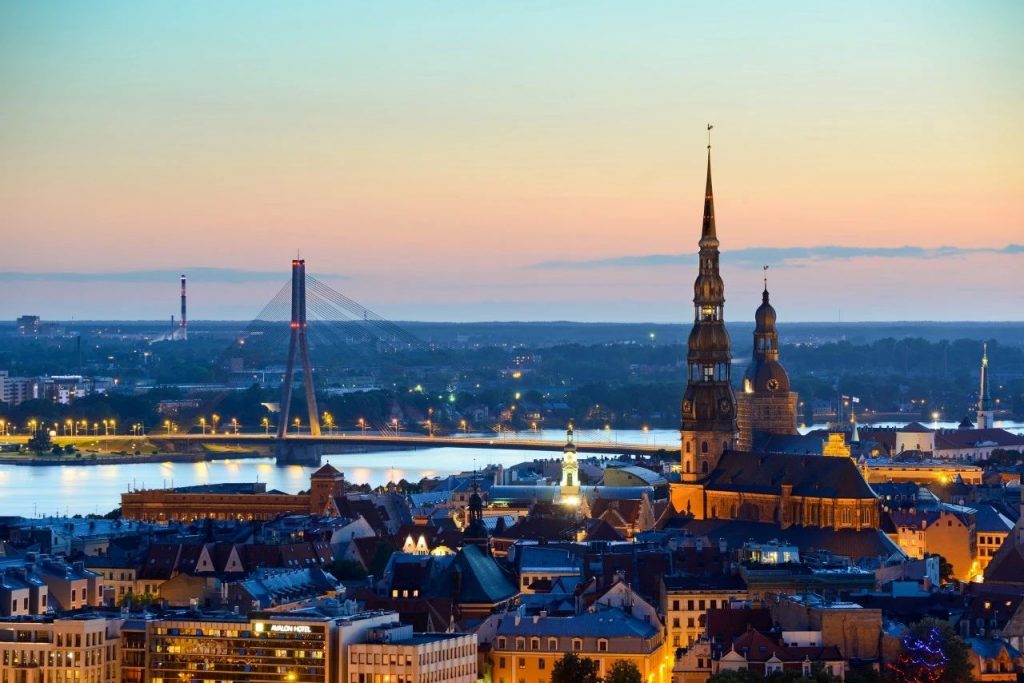
Latvia is like a piece of meat in this Baltic sandwich-bordering Estonia in the north and Lithuania in the south. It is delicious and full of fillings. If you prefer small and interesting attractions in Europe, then from Art Nouveau architecture to historic castles, you will be fascinated by it
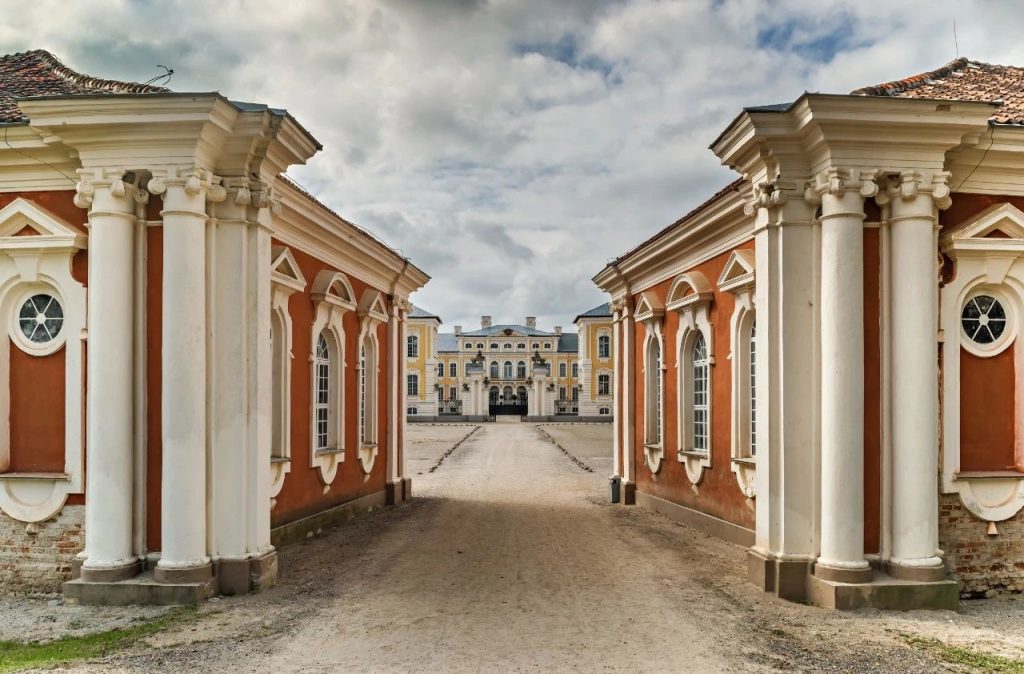
Latvia is like a brocade made up of seas, lakes and forests. The most appropriate description of it is: a vast and unspoiled natural green space with only one real city-the international capital Rīga (Rīga). Latvia may be small, but it provides a huge amount of private space. Here, whether it is hiking, biking, or hanging out on the white sand beach among the pine forest-covered dunes, you can always find and enjoy a large piece of pristine and pure nature.
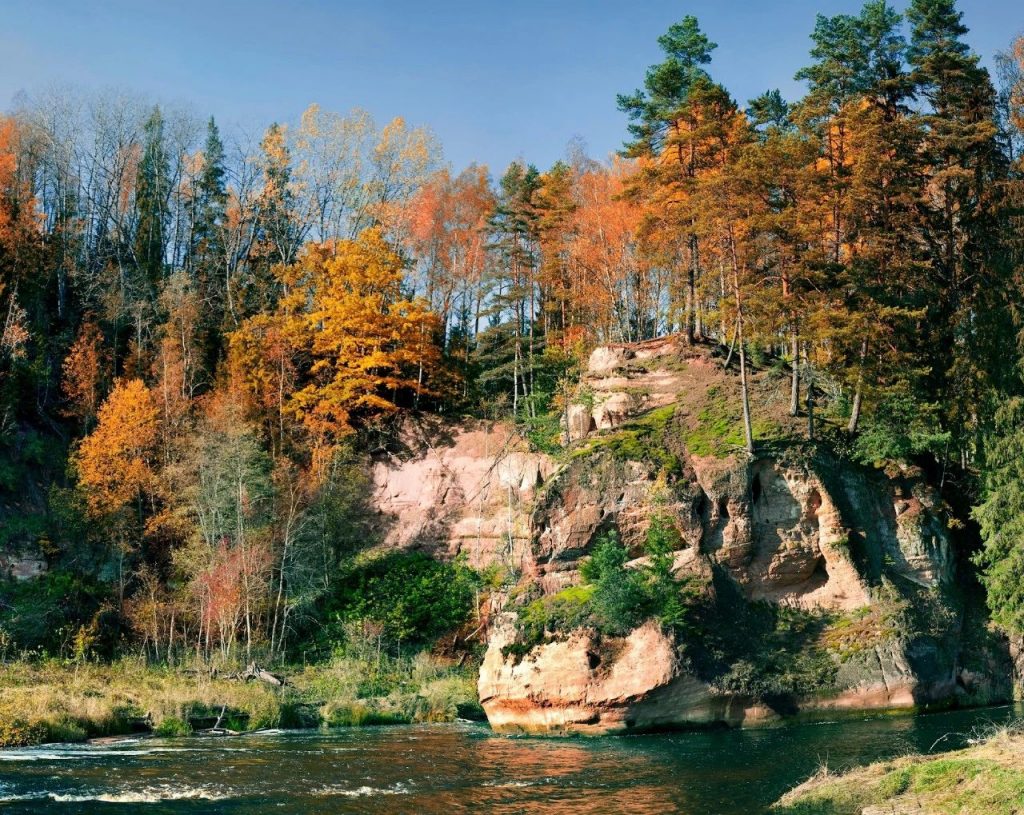
Latvia is rich in culture. People here consider themselves to be the least pragmatic and artistic among the Baltic people. This is proved by various festivals and a lighthearted, carefree attitude. Well, they are a moderate version of the Nordic people.

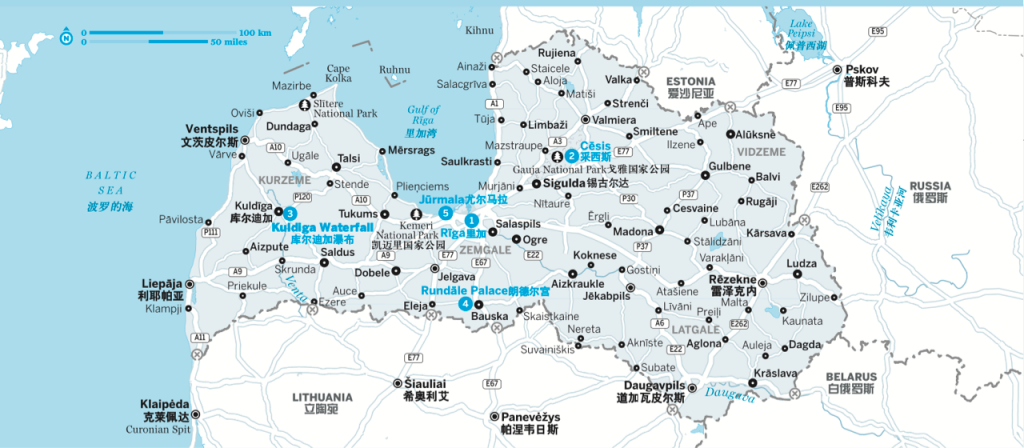
Travel route
Three days: You can enjoy the architectural feast of Riga in the first two days, and then go to the gorgeous Randle Palace for a day trip on the third day.
One week: On the fourth day, relax and enjoy on the beach in Jurmala, enjoying the scenery of the elegant wooden houses. The next morning, head west to Kuldiga, and then continue to Ventspils. The last few days can be used to explore Sigulda and Cesis, both of which are located in the dense forests of Goya National Park.
Rīga
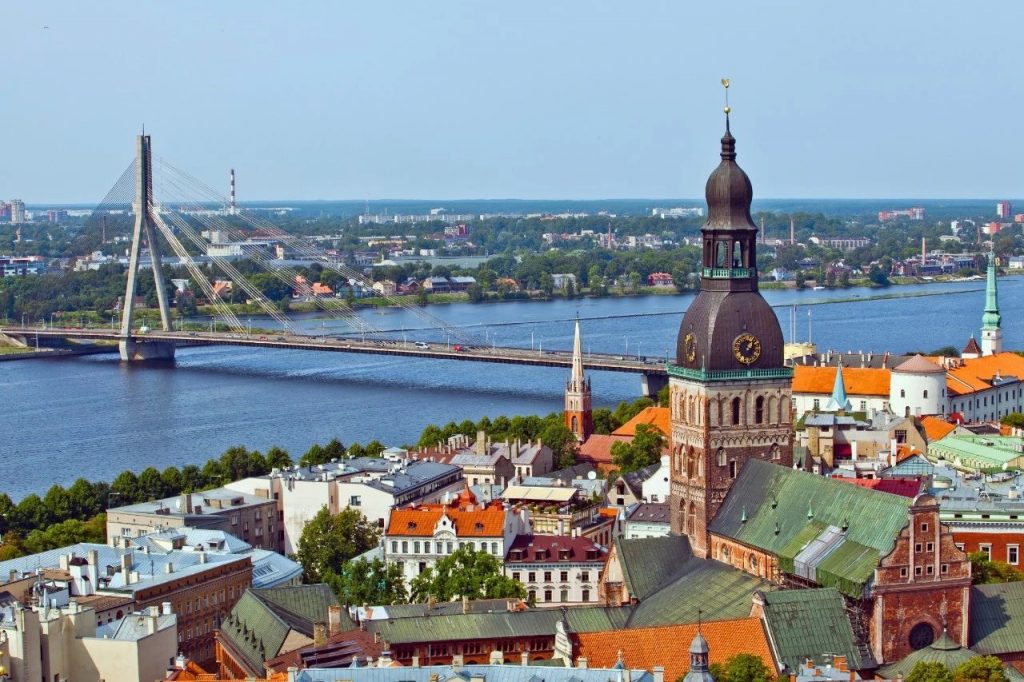
Riga is the largest of the three Baltic capitals. The urban scenery dominated by the spires of Gothic churches may be reminiscent of seriousness and solemnity, but it is the dazzling and exaggerated art nouveau that constitute the body and soul of this vibrant, international metropolis. Like all northerners, Riga is quiet and reserved on the surface, but in its trendy bars, modern art centers and cool experimental restaurants, there is a surge of energy.
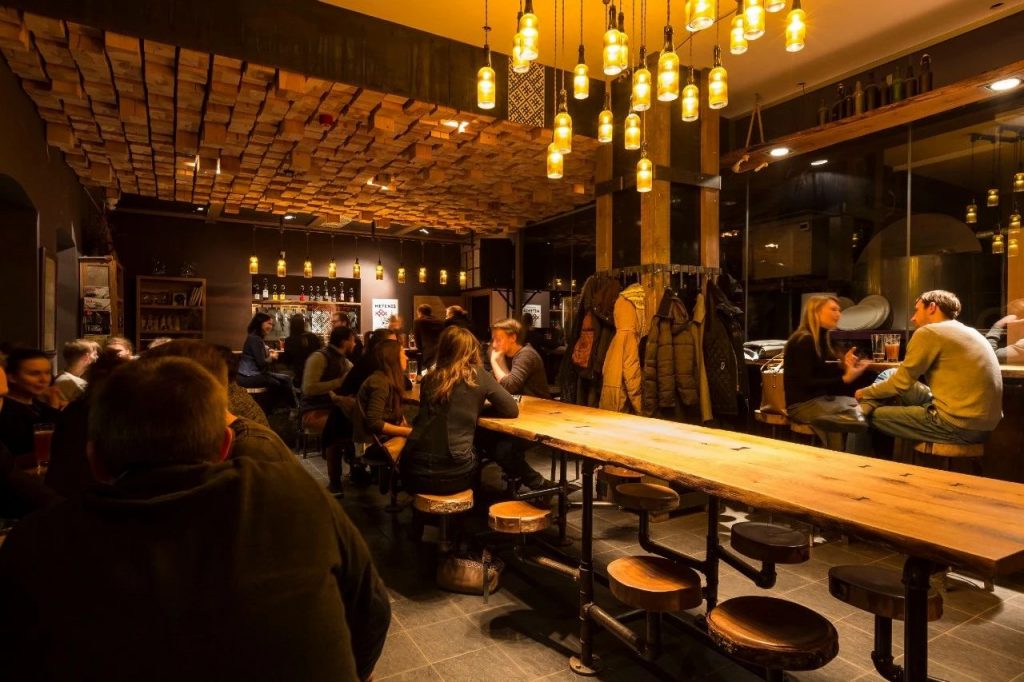
Riga is adjacent to a bay of the same name, and within a short drive you can reach Jūrmala, a seaside resort haunted by the wealthy, with a beautiful white-sand beach. However, if you long to be alone, long for the pristine and pure environment, pleasant seaside dunes and blueberry forests, then start your journey beyond the boundaries of the city.
Old Rīga, Vecrīga
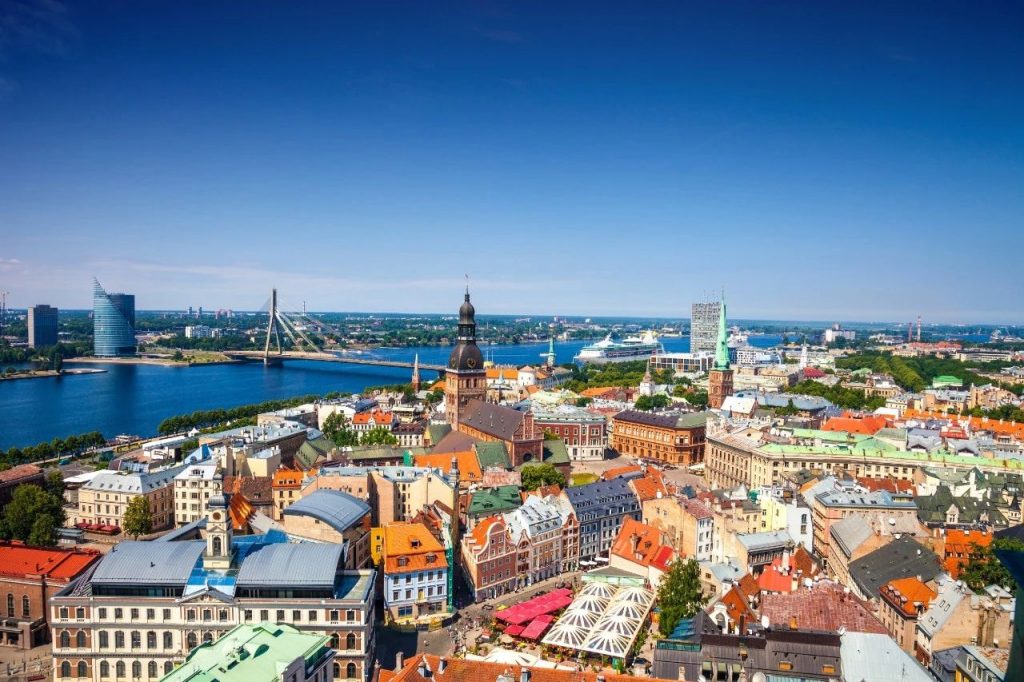
Rīga Cathedral, Rīgas Doms
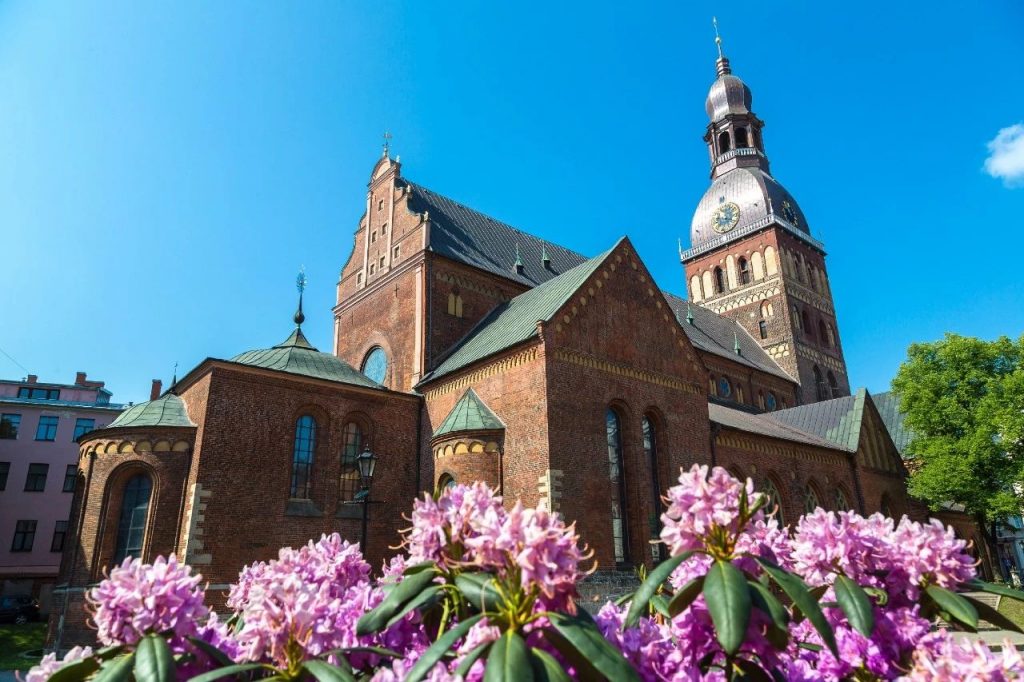
This huge cathedral (formerly a Catholic church and now a Lutheran church) is the largest medieval church in the Baltic region. It was built in 1211 and was originally the seat of the Diocese of Riga. The building is a mixture of various styles from the 13th to 18th centuries: the easternmost and oldest part is Romanesque; the tower is Baroque in the 18th century; the rest is a Gothic building rebuilt in the 15th century.
Art Museum Riga Bourse
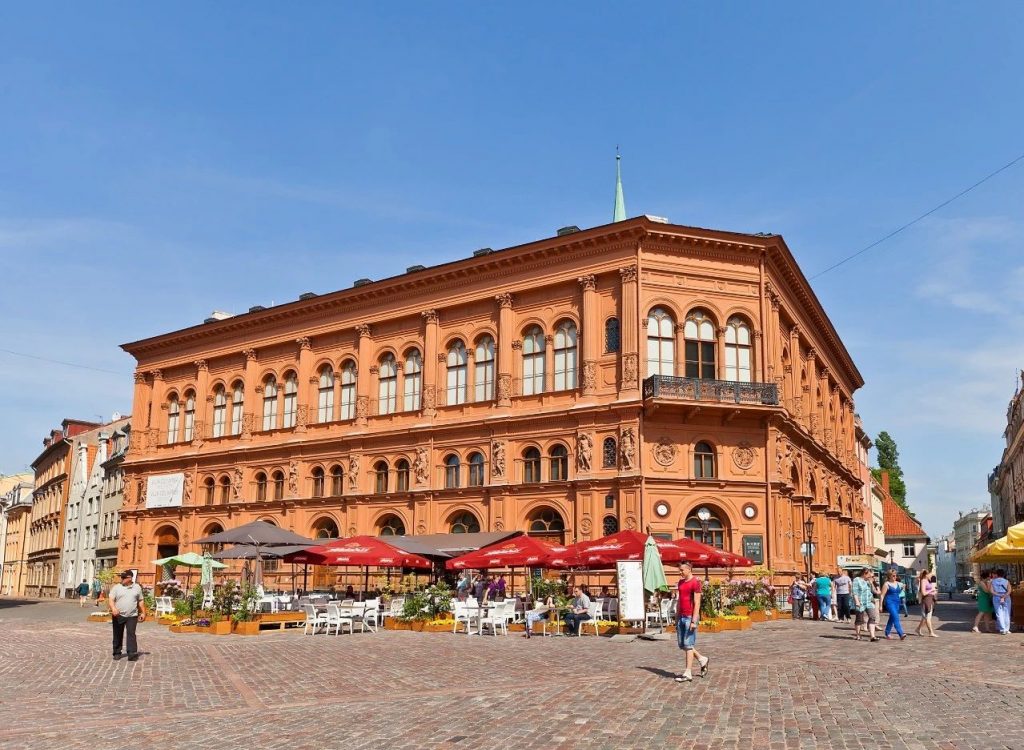
This meticulously restored stock exchange building in Riga houses many art treasures in the city and is worth visiting. There is a group of statues sculptures between the windows of the front facade, and glittering gilded chandeliers hang from the gorgeously decorated molded ceiling. On display in the Oriental area are beautiful Chinese and Japanese pottery, as well as an Egyptian mummy. The main exhibition hall is about Western art, including a painting by Monet and a scaled-down Rodin sculpture The Kiss.
Blackheads House, Melngalvju nams
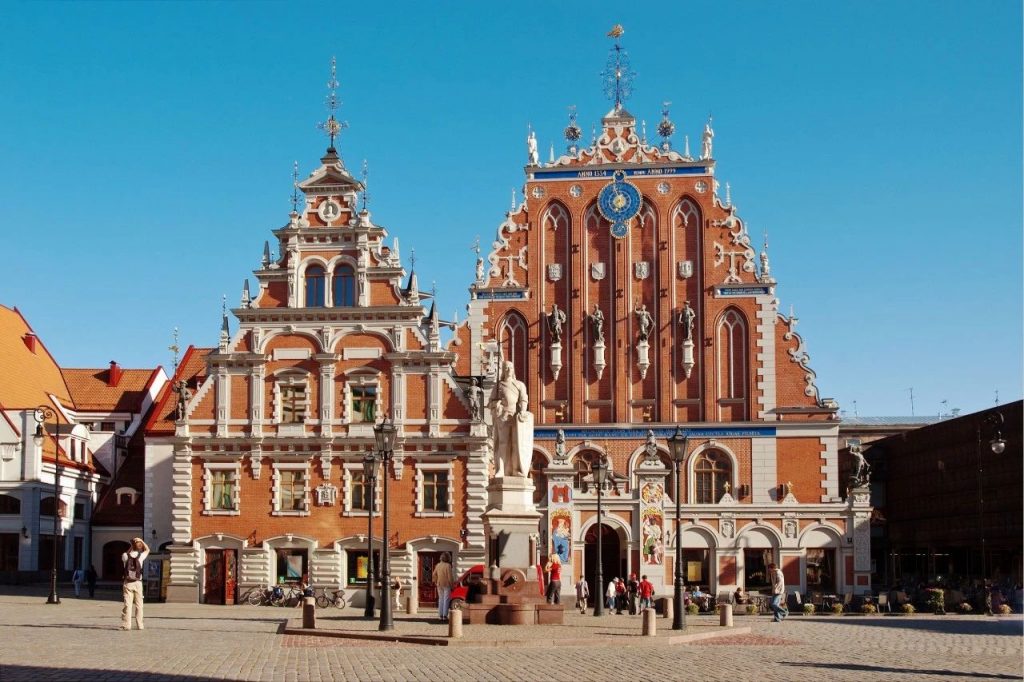
Z
The House of Blackheads was built in 1344 when the Blackheads’ Guild of unmarried German merchants used this place as a meeting place. The original building was destroyed in 1941 and was razed to the ground by the Soviets 7 years later. However, the drawings of the building survived, and people copied the magnificent building exactly as it was. It was finally completed in 2001 as a gift to celebrate Riga’s 800th birthday.
Central Rīga, Centrs
Freedom Monument,Brīvības bulvāris
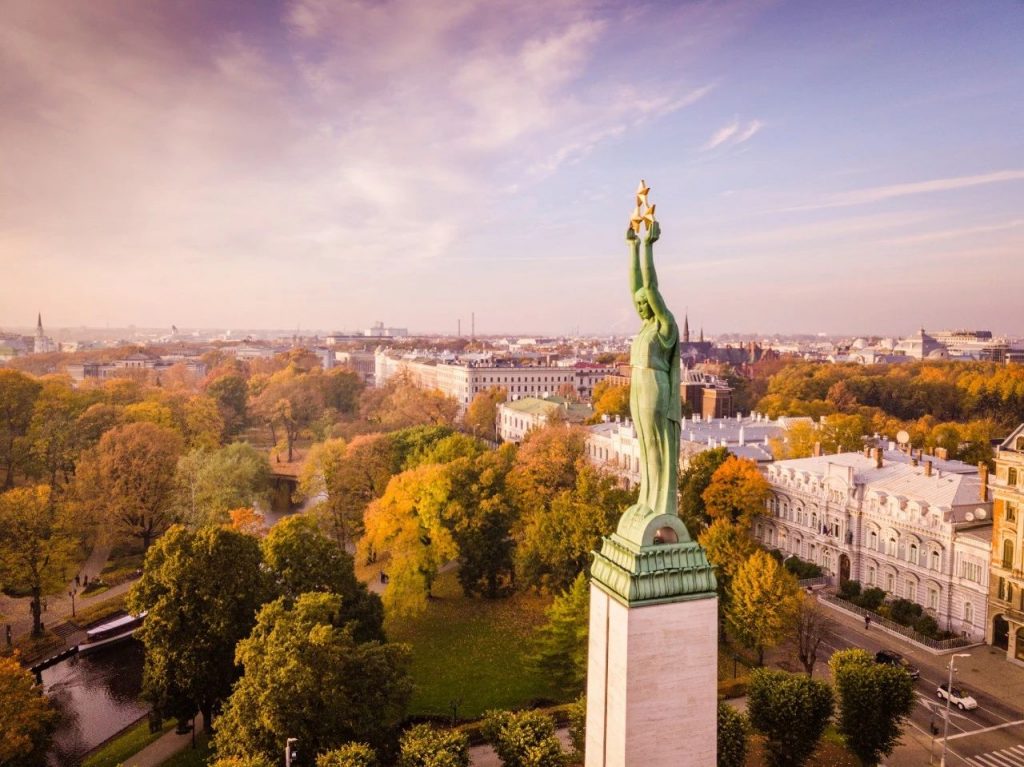
This Riga Freedom Monument, nicknamed “Milda”, stands tall between the old city and the city center. The monument was funded by the public and designed by the sculptor Kārli Zāle (Kārli Zāle). It was built in 1935. There was also a statue of the Russian ruler Peter the Great.
Latvian National Museum of Art

The most important gallery in Latvia, located in the lush courtyard of Esplanāde (Esplanāde), was built in 1905. The architectural style is Baroque and classical, which is impressive. The neatly displayed paintings form the Who’s Who in Latvian Art from the 18th to the 20th century.
Alberta Iela

Albert Street is like a giant painting. If you spend a few hours gazing at it, your eyes will perceive more and more fascinating details. The style of this street is New Arts and Crafts, also known as Jugendstil, which was established in Riga by architect Mikhail Eisenstein (father of director Sergey Eisenstein) A gift for the 700th anniversary. Albert Street is named after Bishop Albert von Buxthoeven, the creator of this street.
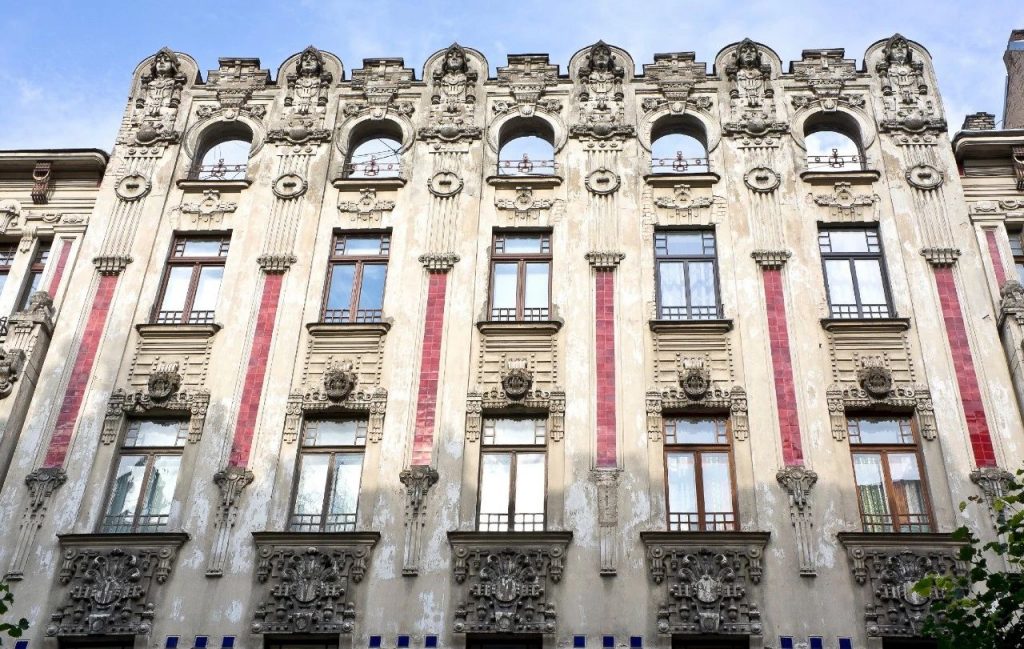
Moscow Suburb, Maskavas forštate
The name of this ancient area in Riga comes from the road that crosses the district to Moscow. During the Nazi occupation, this was the Rīga Ghetto (Ghetto).
Rīga Central Market,Rīgas Centrāltirgus
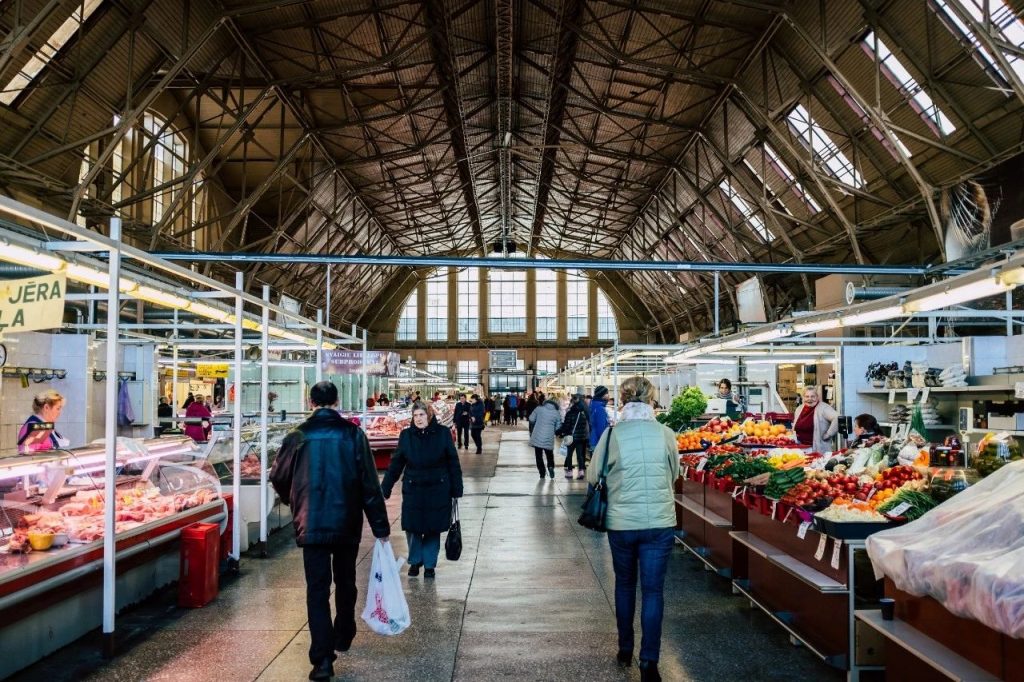
This huge market is located in a series of airship hangars from the First World War, and even extends outside the door, where you can bargain with the owner of the lingonberry. This is a very authentic experience in Riga, giving you the opportunity to watch the crowds and at the same time purchase ingredients for a lunch picnic. Although the number of vendors is shrinking, the dairy and fish product areas that each occupy a hangar still present a colorful and abundant scene, awakening people’s ancient foraging instincts.
Latvian Academy of Science

This Stalin-style tower stands on Latgale Suburb. It is a gift from the Russian capital, but it is not very popular. There are seven such towers in Moscow, but they are taller and bigger. This building, often referred to as “Stalin’s birthday cake”, started construction in 1951 and was not completed until 1961, when Stalin could no longer celebrate his birthday. Sharp-eyed people can see hidden hammer and sickle patterns on the complex facade. The excellent viewing platform on the 17th floor is the best observation point in Riga.
Around Riga
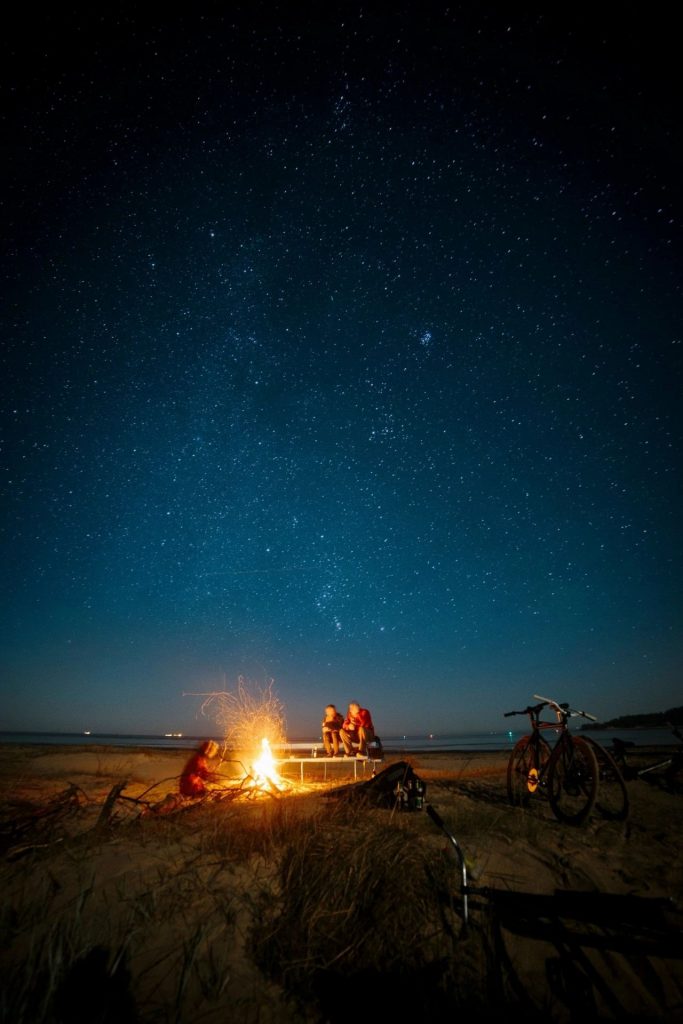
If the schedule is tight, you can take a one-day experience tour from Riga to the Latvian countryside. There are two national parks within 75 kilometers of the capital, as well as the country’s most magnificent palace and long yellowish beaches.
Jūrmala
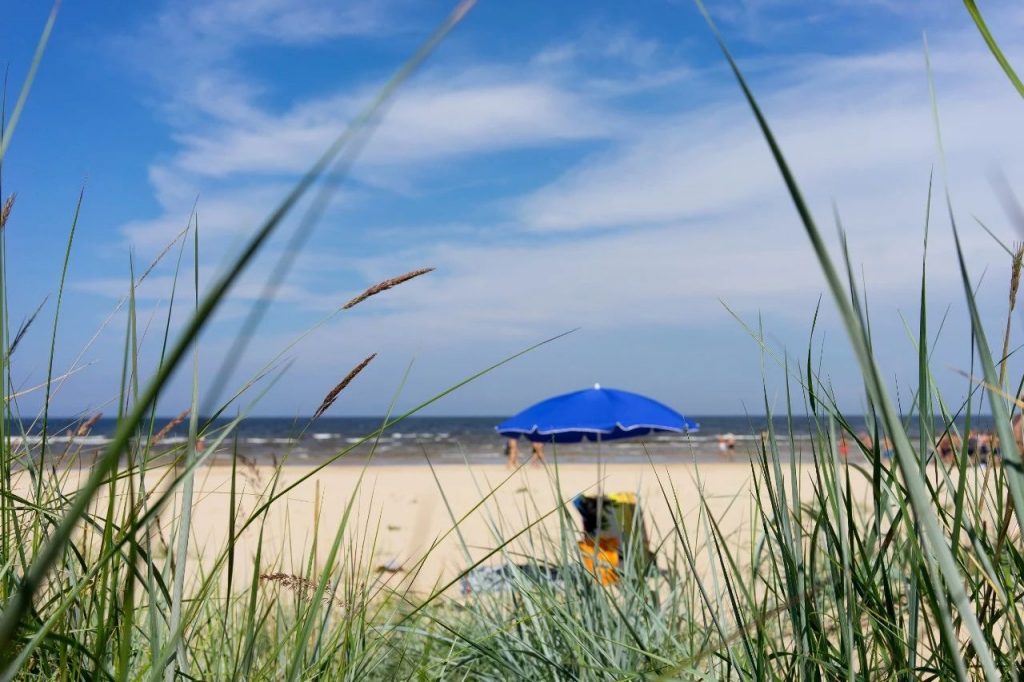
Jurmala is the Baltic version of the French Riviera. The towns connected by the sea are full of magnificent wooden houses that belong to the Russian oil tycoons and their supermodel wives. On summer weekends, celebrities, rich people and day-tripping Riga people flock to the resort here to find fun in the summer sun. If you are not driving or biking, it is best to go directly to the two small towns Majori and Dzintari, which are the centers of various activities.
The two places are connected by a 1-km long trail called Jomas iela, which is considered the main street of Jurmala.
Sigulda

The name Sigulda sounds like a banshee in mythology, but it is actually a charming little place that is the gateway to Gauja National Park. The locals proudly call it the “Switzerland of Latvia”. If you look forward to seeing the rolling snow-capped mountains, you will inevitably feel disappointed. But its scenic trails, bicycle trails, extreme sports, and 800-year-old castle will make you excited.
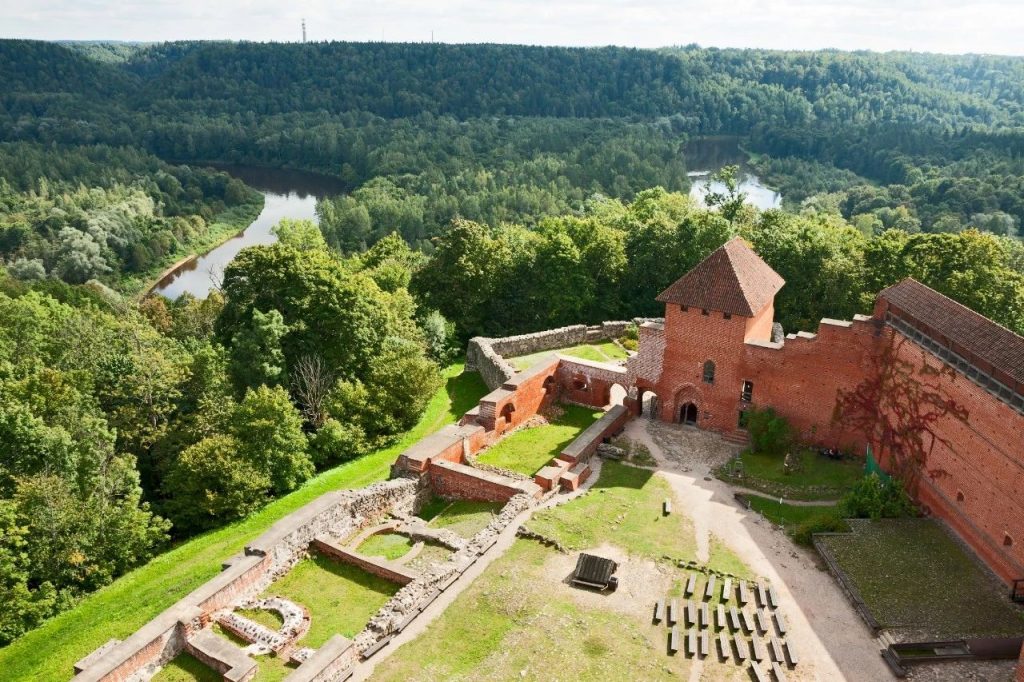
The Turaida Museum Reserve is located on a green hill with a fairy-tale castle. “Tureda” means “Garden of Gods” in ancient Latvian, and it is indeed a heavenly place. This red brick castle with a cylindrical tower was built in 1214 when it was the base camp of Liv.
Cēsis
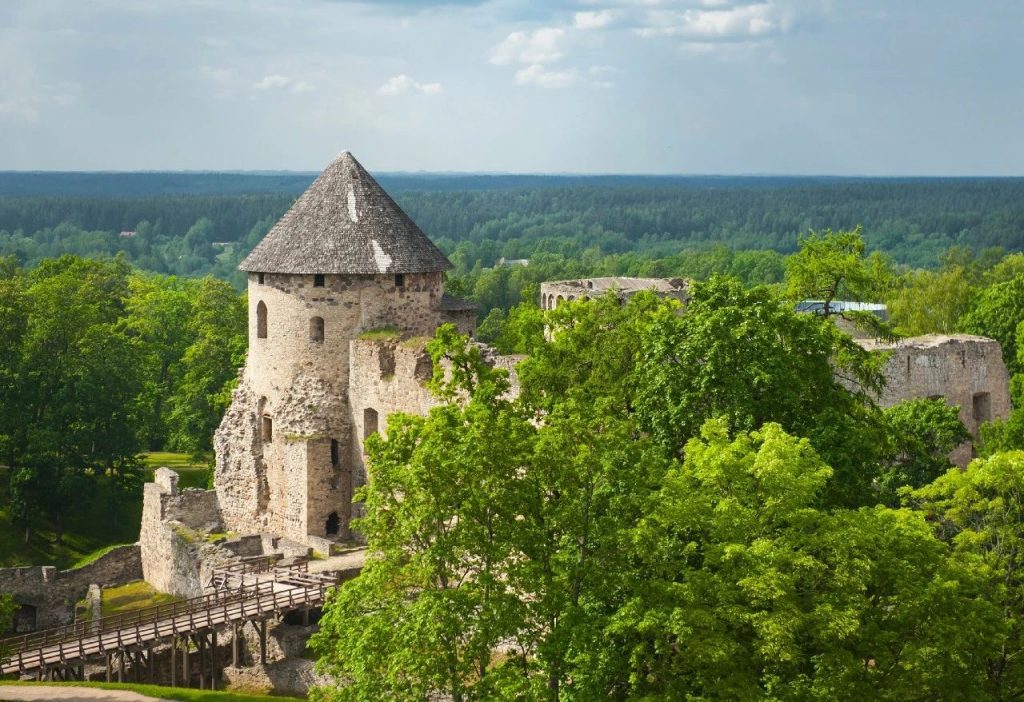
Cesis has a beautiful medieval castle, cobblestone streets, verdant hills and landscaped gardens. It is simply the cutest town in Latvia with a long history. The town was built 8 centuries ago and was originally the base camp of the Livonian Order. Although a day trip from Riga to Cēsis is easy, Cēsis is definitely worth your stay longer, especially because it is located inside the Gauja National Park and the entire park is available for you to explore.
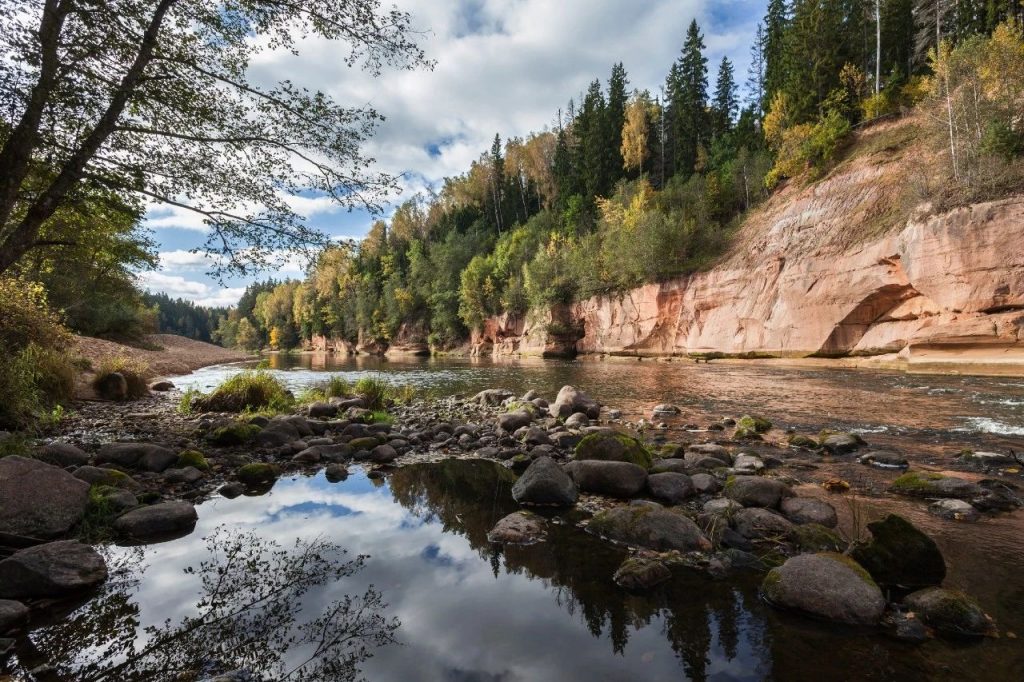
Cēsis Castle is actually made up of two castles combined into one. The first one is a tower built of dark stones from the old Wenden castle, exuding a sad atmosphere. The other is the 18th-century manor house resembling a castle, with a more lively style. The family of Count Sivers from Germany once lived here.
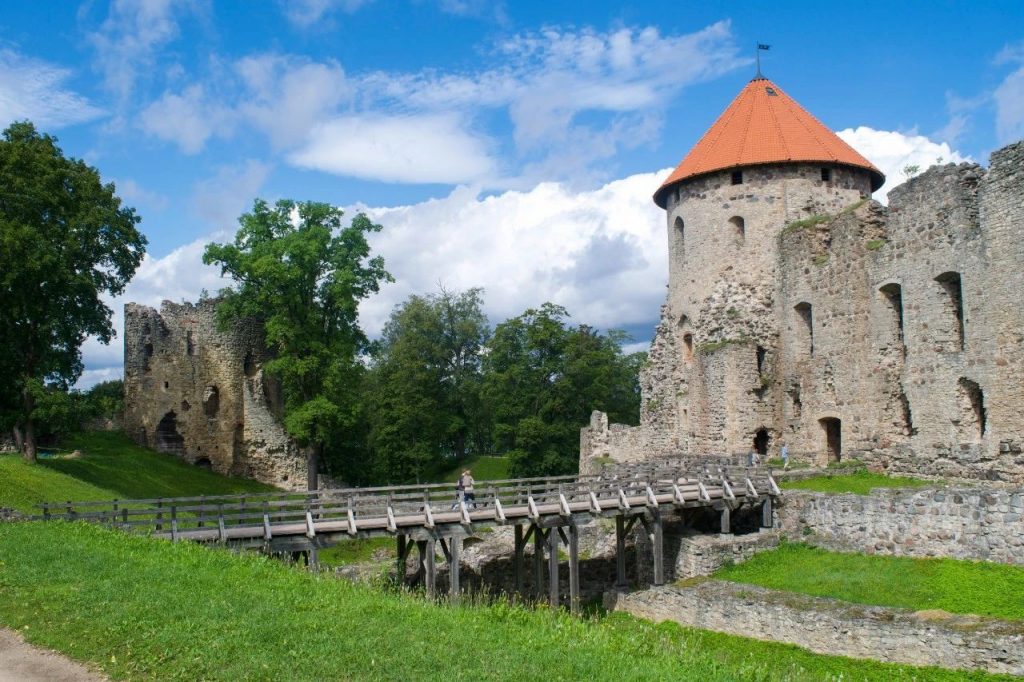
Courland, Kurzeme, one of the westernmost provinces of Latvia, has some beautiful beaches scattered with historical towns. It’s hard to imagine that this humble place once had strong ambitions. In the 17th century, when it was still a semi-independent duchy of the Commonwealth of Poland and Lithuania, the Duchy of Courland tried to make a move on the island of Tobago and The Gambia underwent colonial rule. The Great Northern War ended this glorious period, and the post-war principality surrendered to the rule of the Russian Empire.
Kuldīga

Even if the lovely and ancient Kuldiga does not have a waterfall like Niagara, it will be favored because there are salmon flying over the waterfall for its icing on the cake. Kuldīga Waterfall (Kuldīga Waterfall) in a country where vertical landscapes are extremely scarce and horizontal landscapes are extremely rich, its landscape is also quite distinctive, as if it is two-dimensional, it is declared by Latvians as “the widest waterfall in Europe”. You can also immerse yourself in the age of chivalry, without being spoiled by day trip tourists who take pictures with a camera, because it is so far away from Riga.

Kuldiga [also known as “Goldingen” by its German founder] was the capital of the Duchy of Courland (1596-1616) in its heyday, but suffered severe damage during the Great Northern War. Destroyed, it has never been able to fully restore its former glory. Today, this historical town has become a popular location for ancient films in Latvia.

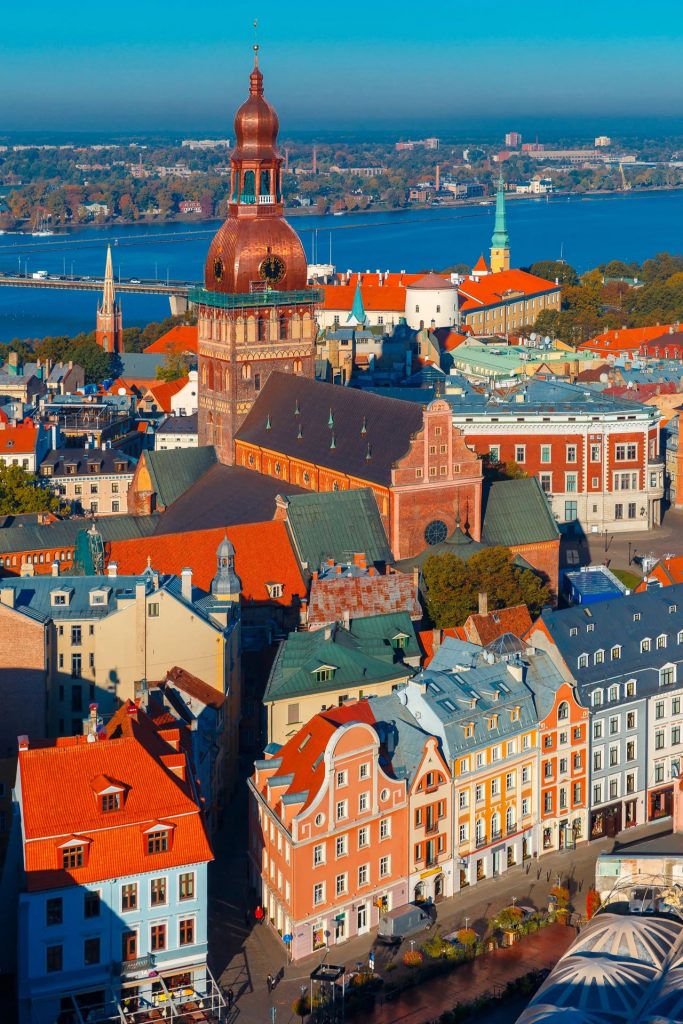

Currency: Euro (€)
Language: Latvian
Travel season

From June to August, with the advent of summer, the all-night carnival begins, and then people will go to the beach to have fun.
In September, reluctant to leave in summer, people will go to outdoor cafes and have a sip of latte under the heating lamp.
The holiday is celebrated in December at the birthplace of the Christmas tree.

Black Balzām
This dark black blended beverage has an alcohol content of 45%. The preparation method is mysterious. It contains more than a dozen raw materials including oak bark, absinthe and linden. As most Latvian elderly people say, “One drink a day will live a hundred years.” Try to mix it with a glass of cola, which will make the alcohol content lower.
Alus
For such a small country, alus (beer) is absolutely indispensable-every major town has its own brand of beer. You can’t go wrong with Užavas (a brand contributed by Ventspils).
Kvass Pale Ale is a popular drink made from rye bread fermentation. Coca-Cola’s decline at the beginning of the 21st century was entirely due to it. Children love it!
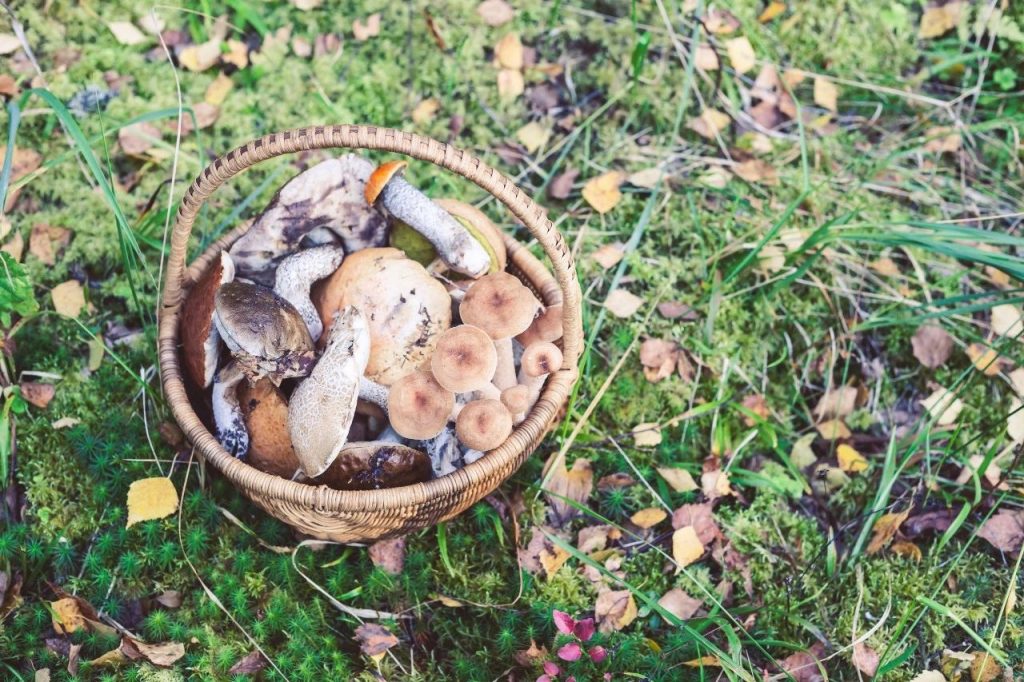
Mushrooms make the whole country obsessed with it. After the first rain showers in autumn, all the people will go to pick mushrooms.
Smoked fish There are dozens of fish sheds scattered on the Kuzeme Coast, and the smoke rising from the tree canopy marks the location of the fish sheds. Grab them as a perfect afternoon snack.
Rye bread is not only delicious and may be healthier than other wheat products, these large brown loaves also have aesthetic value, which matches the dark forest of Latvia’s Nordic spirit.
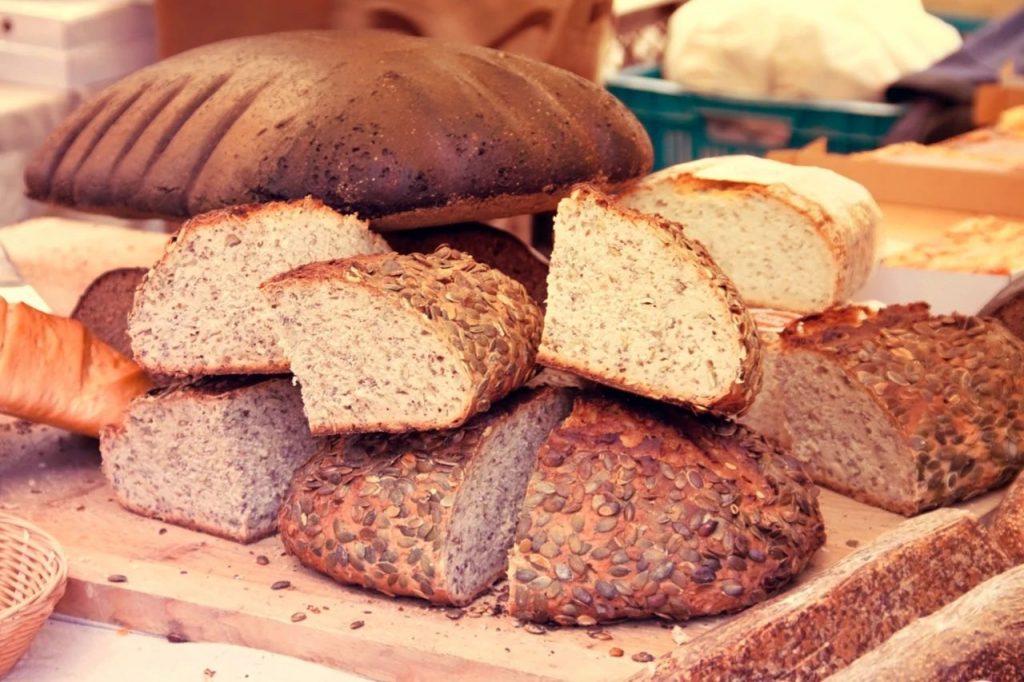
Comments